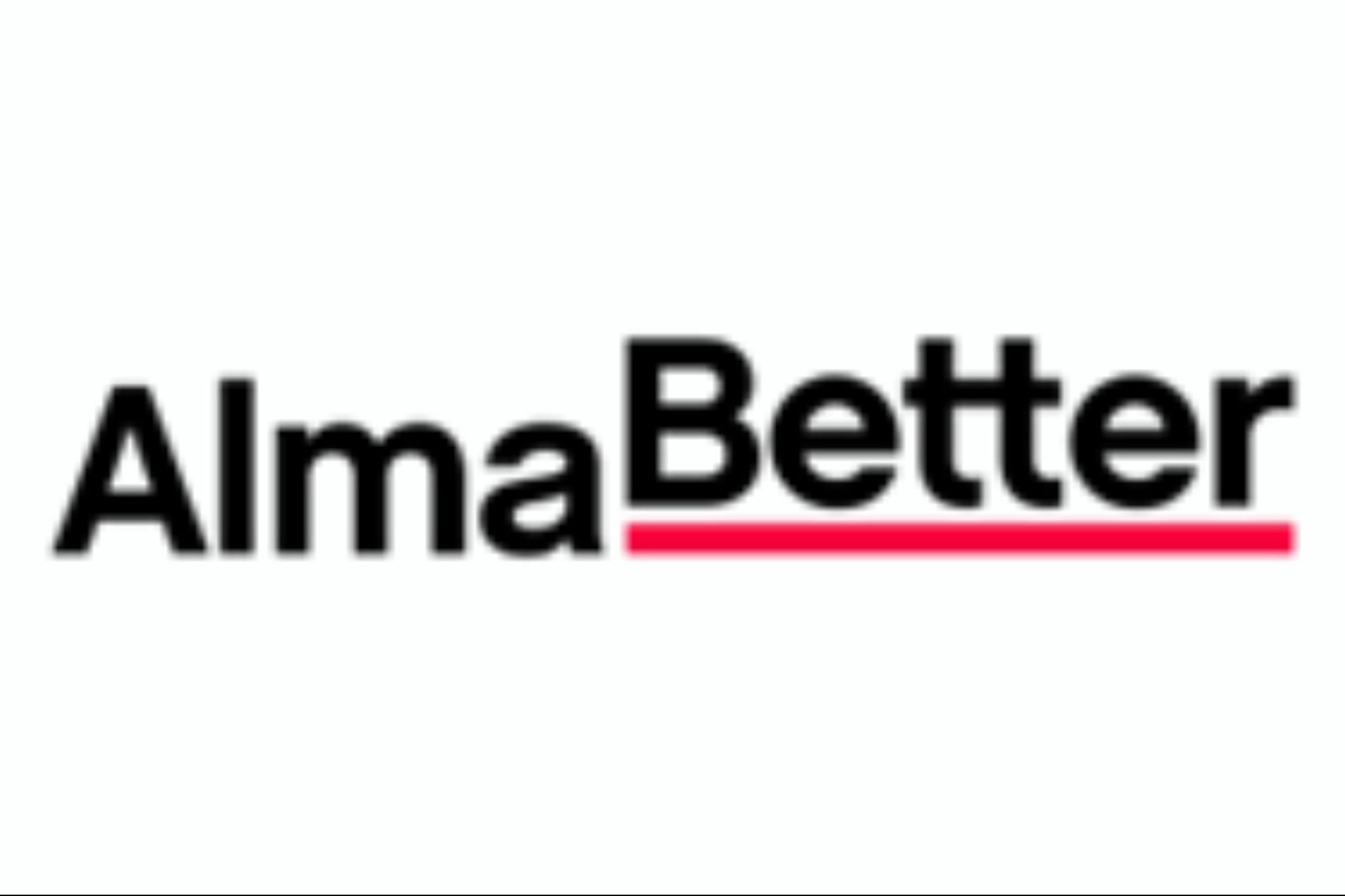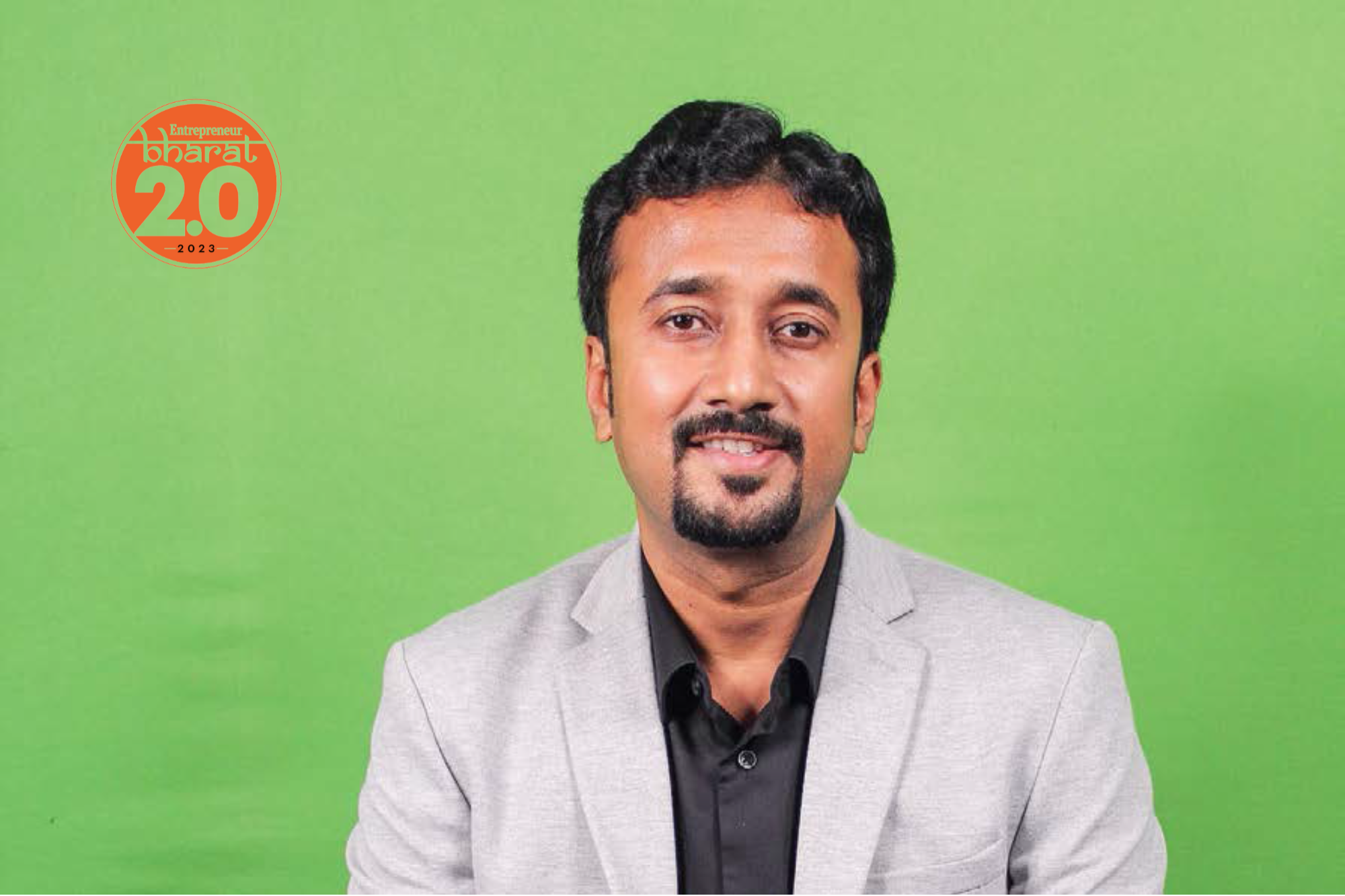How Quick Commerce Is Changing the E-commerce Landscape In IndiaWhile quick commerce's superfast delivery model separates it from the more traditional e-commerce setup, there are several other areas where the two function differently
Opinions expressed by Entrepreneur contributors are their own.
You're reading Entrepreneur India, an international franchise of Entrepreneur Media.

Gone are the days when one used to step out to buy groceries on a weekly or monthly basis from the nearestkiranastore. In the age of instant gratification, grocery items and snacks are delivered at the soft press of a button in an app. Say hello to quick commerce! Quick commerce platforms have emerged as a subset of e-commerce and have swiftly become a saviour for the office-going, ever-busy millennial.
Quick commerce is gaining popularity at a rapid pace and it all started when the e-commerce industry started widening its scope to cater to segments such as grocery, frozen, fresh fruits and vegetables. This expansion came on the back of a pandemic-induced shift in consumer behaviour, in which people reduced their expenses on clothing and other lifestyle items and pivoted their attention to buying groceries online. Since a majority of the items in the grocery segment were perishable, companies started introducing a 10-20 minutes grocery delivery model, known as quick commerce or q-commerce.
Several new quick commerce firms have mushroomed in the Indian market. There are few food aggregators and cab services, who are also offering q-commerce services to customers. Statistically, the market size of Indian quick-commerce in 2020 was about$49 billion. According to a study conducted by strategy consultants Redseer, quick commerce will grow10-15 times by 2025, reaching a market size of close to $5.5 billion, beating other markets (including China) in terms of quick commerce adoption.
How different is quick-commerce from e-commerce?
Technically, q-commerce is part of e-commerce, but with innovative methods for last-mile deliveries. Quick commerce's superfast delivery model separates it from the more traditional e-commerce setup. There are several other areas where the two function differently:
Delivery: Generally, e-commerce uses large vehicles to deliver orders, whereas q-commerce typically uses two-wheelers such as bicycles, motorcycles, or scooters. These two-wheelers allow the delivery person to wade through traffic jams, thus, providing superfast delivery.
Warehouse: E-commerce firms run their operations from a central warehouse, where they stock the majority of their goods. Quick commerce utilises dark stores for faster order fulfilment.
Pricing:而电子商务公司有一个全球的价目表,the q-commerce price list may vary, depending on the region, points of sale and availability.
Is the quick commerce business sustainable?
The major issue with quick commerce is that the margin—the difference between the buying price and the selling price for a product—is low and the delivery costs are high. To make margins work, retailers play one brand against the other and charge a fee from the manufacturer for prominent display on their platform.
"To make margins work, one will have to ensure that the average order value increases," a Fortune India report quoted Ankur Pahwa, e-commerce and consumer Internet leader, and transactions and diligence partner, EY India, as saying.
Reports suggest that the last-mile delivery cost for q-commerce firms is likely to be twice that of the regular e-commerce companies. For instance, the average order value in quick commerce is around INR 300-400 and the delivery cost is INR 30-40. The delivery cost is 10 per cent.
For a mainstream e-commerce firm, these numbers could be in the range of INR 1,000-1,400 and INR 50-70, respectively. It simply means that the delivery cost is 15 per cent. The maths clearly proves that the smaller the size, the more the number of delivery trips at the same value, and the more inefficient the process is.
Global trend
Q-commerce is revolutionising the way people are buying daily essentials and groceries. As per Statista, food and grocery delivery market is expected to rise to72.3 billion by 2025. This growth will have a direct impact on the business growth of third-party logistic services.
Is Q-commerce the next big thing?
Enterprises are betting big on the quick commerce segment in India. Some of the top quick commerce players in India include Blinkit (rebranded version of Grofers, which is known to make deliveries in 10 minutes) and Zepto (which delivers items in 15-30 minutes). In addition to this, food aggregator giant such as Zomato has also taken the q-commerce route. The firm currently provides 10-minute delivery in Gurugram.
Market experts have already predicted a big rise in e-commerce growth and with the development of new technologies such as drones, electric vehicles, voice ordering and automation of dark stores the segment is set for accelerated progress in the future.













